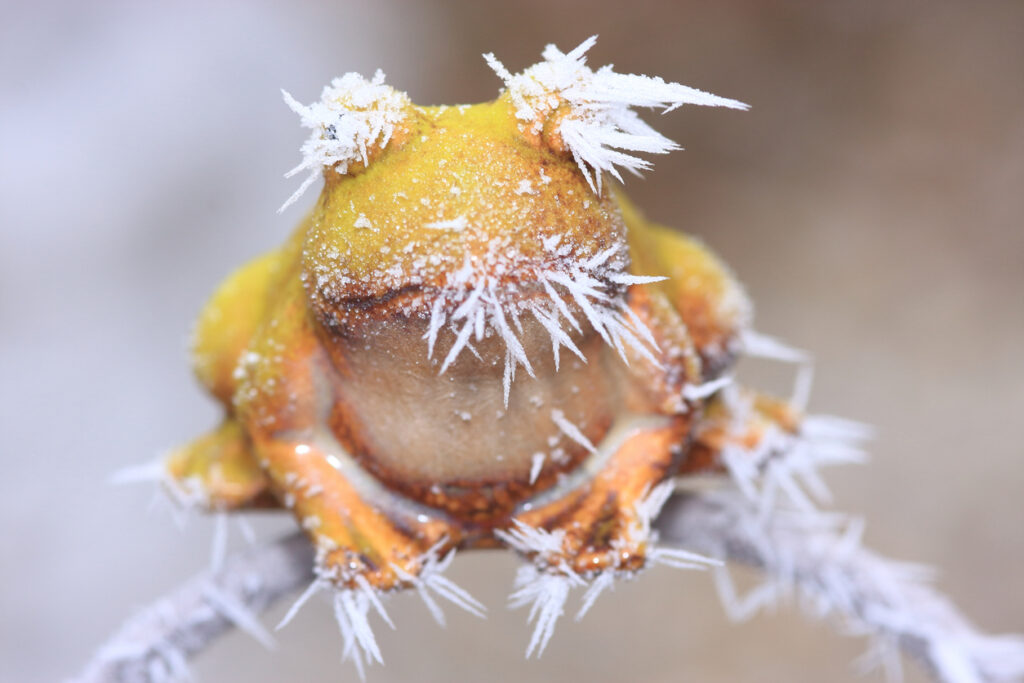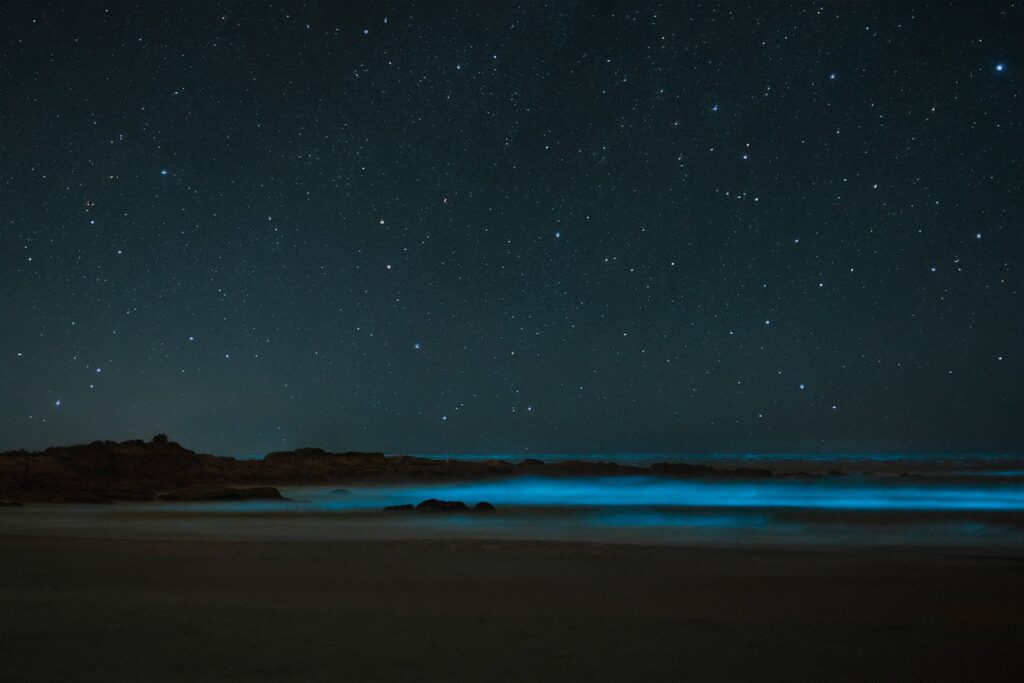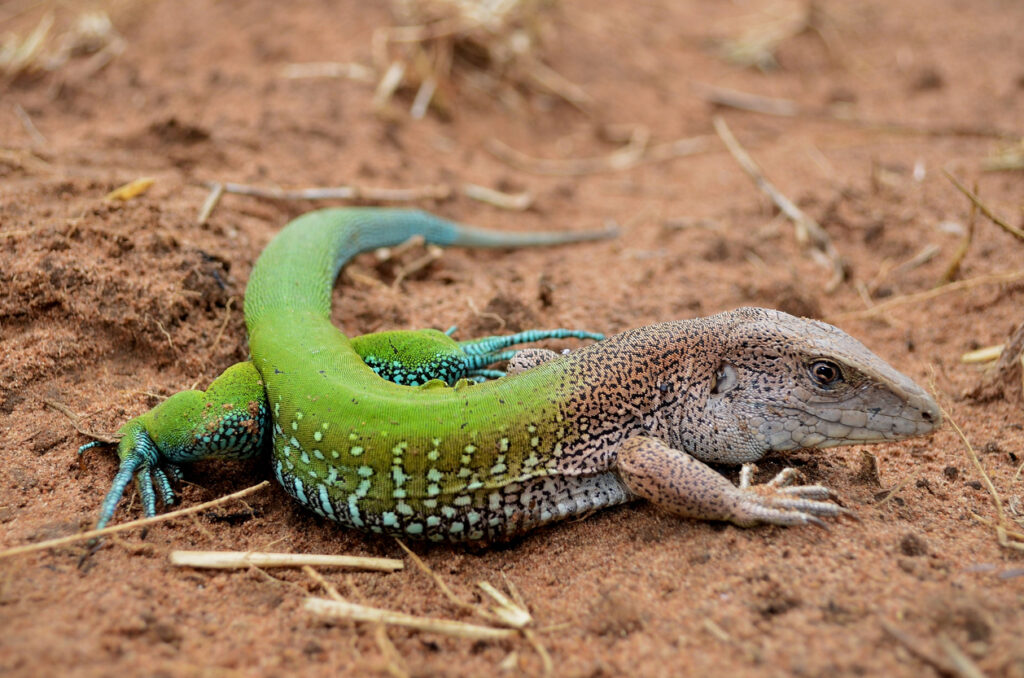
Sometimes nature feels a bit too surreal for comfort. You’re out in the wild, or scrolling through photos of it, and you spot something that looks like it belongs in a video game patch gone wrong. From weird animal behaviour to landscapes that look copy-pasted, these 14 natural oddities seriously make you wonder if we’re living in a slightly buggy simulation.
The goat that climbs vertical dams
If you’ve never seen an Alpine ibex in action, brace yourself. These mountain goats casually scale near-vertical dam walls like it’s no big deal. They defy gravity with tiny, rubbery hooves and perfect balance, calmly hopping from one ledge to another with zero hesitation.
It honestly looks like someone forgot to apply physics to them. You’d expect a fall, a slip, something—anything—but no. They scamper across sheer concrete like it’s a gentle slope, leaving viewers staring in disbelief like the game’s collision detection just failed.
Trees that grow upside down
The baobab tree, sometimes called the “upside-down tree,” looks like someone planted it the wrong way around and never corrected it. Its thick trunk tapers into branches that resemble roots, as if the whole thing was flipped by mistake in the world-building phase.
Found mainly in Madagascar and parts of Africa, baobabs can store thousands of litres of water inside their trunks. So not only do they look like coding errors, they’ve also got the survival skills of a cheat-mode character in a survival game.
Frogs that freeze solid… and come back
Wood frogs in Alaska quite literally freeze during winter. Their hearts stop, their blood turns to slush, and they become rock-hard blocks of frog. Then, come spring, they thaw out and hop away like nothing happened.
This isn’t a weird metaphor—they’re biologically programmed to survive actual death-like conditions. It’s like nature left them on pause and resumed later. If you saw this in a sci-fi film, you’d assume it was a stretch. Nature pulled it off without CGI.
Clouds that look like UFOs
Lenticular clouds form when air flows over mountains in smooth, wave-like patterns. The result? Suspended, lens-shaped clouds that hover in the sky like a fleet of UFOs on standby. They’re so convincing, UFO reports spike when these appear.
They don’t move much, they hold a perfect saucer shape, and they can stack in layers like a floating sky sandwich. If someone told you they were digital overlays added post-photo, you’d believe them. But no—it’s just nature showing off again.

Bioluminescent beaches
Walk along some coastlines at night, and you might see the waves glowing neon blue. This eerie light show is caused by microscopic plankton called dinoflagellates. When disturbed by movement—like waves or footsteps—they emit light in defence.
The result looks like someone installed LED lighting in the ocean. It’s especially common in parts of the Maldives or Puerto Rico, where entire stretches of water light up like a magical glitch. It’s the kind of thing that feels too cinematic to be real.
Rocks that move on their own
In California’s Death Valley, large rocks have been found with long trails behind them, like they’ve slid across the desert on their own. For years, no one could explain it. There were no footprints, no wind strong enough, just… stones that move themselves.
Turns out, the right combo of ice, water, and wind creates perfect conditions for these rocks to slide slowly across the surface. Still, the sight of a boulder with a trail behind it and no visible cause feels like a rendering error that never got patched.
Square waves in the ocean
Off some coastlines, you might spot an eerie crosshatch pattern on the water, where waves form perfect squares. It’s called a cross sea, and it happens when two wave systems intersect at opposing angles. It looks neat—but it’s surprisingly dangerous.
Square waves mess with navigation, create unpredictable currents, and are best viewed from afar. But visually? It’s straight out of a simulation where someone forgot to randomise the ocean’s pattern settings and just slapped on a grid.
Lightning that never hits the ground
There’s a rare phenomenon called “sprites” that occur way above thunderstorms. These flashes of red lightning burst upward into the atmosphere, forming bizarre jellyfish or carrot-shaped structures that glow for just milliseconds at a time.
You wouldn’t see them with the naked eye unless you’re flying high above the clouds. But caught on camera, they look like something between a glitch and a ghost. It’s lightning, but in reverse, and it feels like it breaks every rule of how weather’s meant to work.
Forests that stay perfectly round
In Namibia, mysterious barren circles called “fairy circles” appear across otherwise healthy grasslands. They’re perfectly round, evenly spaced, and no one could figure out why for years. Even now, theories range from termites to self-regulating plants. Whatever the cause, the result looks artificial. You’d expect this kind of symmetry in landscaping software, not nature. From above, they create a polka-dotted terrain that feels more computer-generated than organic.
Water that flows uphill
There are places around the world known as “gravity hills,” where cars, water, or balls seem to roll uphill. It’s an optical illusion caused by the surrounding landscape, but when you’re standing there, it completely defies logic. Rivers and streams appear to flow the wrong way, even though they’re technically still going downhill. But your brain doesn’t buy it. It’s one of those real-life bugs where perception and physics just don’t agree.

Animals that clone themselves
Some species of starfish, jellyfish, and even lizards can reproduce without a mate. They just… clone themselves. A female whiptail lizard, for example, can lay viable eggs that hatch into genetically identical offspring—all without male involvement. It’s like hitting copy and paste on your DNA. From a natural standpoint, it makes sense in tough environments. But from a simulation perspective? It feels like the biological equivalent of duplicating files in a glitchy save game.
Trees that appear to avoid touching
It’s called crown shyness—when the tops of certain trees grow near each other but stop just short of touching, creating a jigsaw pattern of light in the canopy. No one’s quite sure why it happens. Theories include wind damage, light optimisation, or even pest prevention. But the look of it is striking. From below, it’s like the trees know not to let their branches collide, almost like there’s an invisible boundary coded into the scene. It’s oddly polite, and very suspicious.
Pink lakes that look photoshopped
Lakes like Lake Hillier in Australia or Las Salinas in Spain are bubblegum pink. And it’s not a camera trick—it really is that colour. The strange hue comes from salt-loving bacteria and algae that thrive in super salty environments and produce reddish pigments. It looks completely fake, like someone boosted the saturation way too far in Photoshop. But it’s entirely natural. If the simulation had a “go wild with colour” setting, this is probably what it would spit out.
Animals that survive without oxygen
In the depths of the Mediterranean, scientists discovered a microscopic creature called Henneguya salminicola that doesn’t require oxygen to survive. It doesn’t even have mitochondria—the thing nearly every living organism uses for energy. This turns the rules of life upside down. It’s like the simulation forgot to assign this creature the usual hardware and just made it run on nothing. Proof that even nature has the occasional moment of “eh, close enough.”